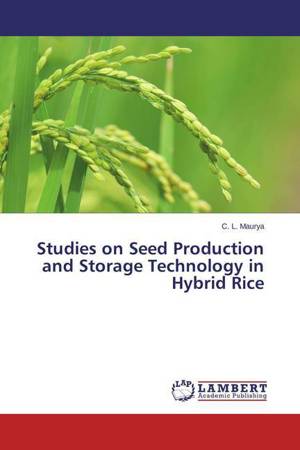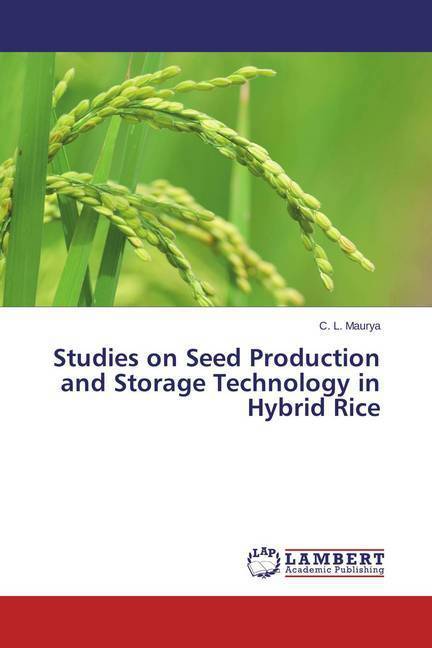
- Afhalen na 1 uur in een winkel met voorraad
- Gratis thuislevering in België vanaf € 30
- Ruim aanbod met 7 miljoen producten
- Afhalen na 1 uur in een winkel met voorraad
- Gratis thuislevering in België vanaf € 30
- Ruim aanbod met 7 miljoen producten
Zoeken
€ 92,45
+ 184 punten
Omschrijving
The Asian cultivated rice (Oryza sativa L.) is an economically important crop that is the staple food for more than one-half of the world's population. Rice contains a large amount of starch, some protein, fat, minerals and vitamins. It provides more calories per hectare than any other cereal crop. Brown rice contains 7.5 per cent protein, 1.9 per cent fat, 1.2 per cent ash, 77.4 per cent carbohydrates and 0.9 per cent fibre. In addition, it also contains 32 mg calcium, 22 mg phosphorus, 1.6 mg Iron, 9.0 mg sodium, 0.214 mg potassium, 0.34 mg thiamine, 0.05 mg riboflavin and 4.7 mg niacin per hundred gram of brown rice. Hybrid rice research in china, India and elsewhere during the past few years have established the superiority of hybrids over popular traditional varieties in respect of growth, grain yield and tolerance to stresses. Hybrid varieties yield 15 to 20 per cent higher than the best semi dwarf cultivars. Hybrid rice seed production techniques have been standardized in china, but in India the technology of hybrid seed production has yet not been perfect to suit its ecologies.
Specificaties
Betrokkenen
- Auteur(s):
- Uitgeverij:
Inhoud
- Aantal bladzijden:
- 232
- Taal:
- Engels
Eigenschappen
- Productcode (EAN):
- 9783659562839
- Verschijningsdatum:
- 22/07/2014
- Uitvoering:
- Paperback
- Afmetingen:
- 150 mm x 220 mm
- Gewicht:
- 345 g

Alleen bij Standaard Boekhandel
+ 184 punten op je klantenkaart van Standaard Boekhandel
Beoordelingen
We publiceren alleen reviews die voldoen aan de voorwaarden voor reviews. Bekijk onze voorwaarden voor reviews.








